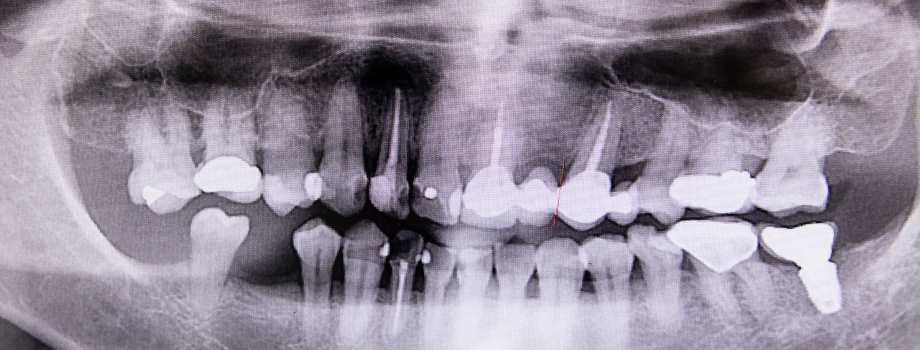If you are reading this, it is quite likely that you have recently been told by a periodontist that you are in need of bone grafting. On the surface, that sounds very frightening; however, it is a standard procedure that will benefit your oral and overall health in numerous ways.
A bone graft becomes an option when a patient lacks the proper amount of natural bone that is healthy in and around the mouth to support dental implants. Continue to read this comprehensive guide to learn more.
What Is a Bone Graft?
A bone graft is a dental procedure that is performed to increase the amount of bone that is located in the jaw area. This is done because bone has been lost or because additional levels of support are needed in the region.
The bone may be taken from an area in the body and fused to the bone that is already in place or a synthetic type of bone may be utilized.
How Is Bone Grafting Done?
In the bone graft procedure, a surgeon places a new piece of bone in an area that allows for the sealing of the piece to the existing bone. This sealing process is made possible by the cells that are located in the new piece of bone that is being used.
Is A Bone Graft Painful?
Generally speaking, a bone graft does not cause any pain. Due to the nature of the procedure, inflammation may be experienced and this could result in discomfort. The surgeon performing the procedure will provide antibiotics so that an infection does not develop.
In some instances, they may prescribe medications for inflammation and/or pain. If advised to take over-the-counter or prescription medications, be certain to take them as directed.
Where Does the Bone for Bone Grafts Come From?
In most instances, the bone for a bone graft is taken at the back of the jaw bone – close to where the wisdom teeth are or were. In other instances, the bone may be harvested from an animal or another source – such as a human donor. It is becoming increasingly common for the bone to be created artificially with a synthetic-based material.
Is Anesthesia Used for the Bone Graft Procedure?
Yes, most surgeons will use a local anesthetic or they will sedate the patient through an IV.
What Is the Process for a Bone Graft?
The process starts with your receiving anesthesia. Your vital signs will immediately start being monitored. The technician will then clean the area. The surgeon will make an incision on the gum so that it may be separated from the bone where the procedure will be performed.
The bone that is being used will be placed so that it fuses successfully with the bone that is present. It is then secured with special screws or with an adhesive material that is dissolvable. The incision is then sewn so that the healing process may begin.
Schedule Your Bone Graft Today
We here at Implant & Perio Center of Kansas specialize in bone grafts. We also offer many other procedures. Examples include dental implants, dentures, tooth replacement, crown lengthening, and more. If you want to set up your appointment, contact us today!

